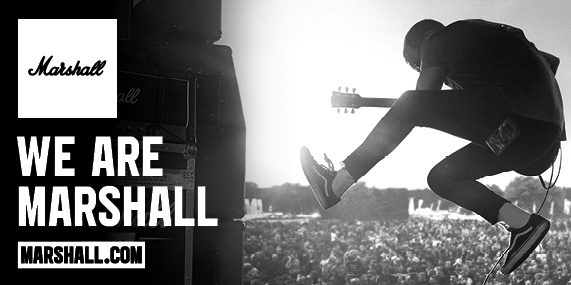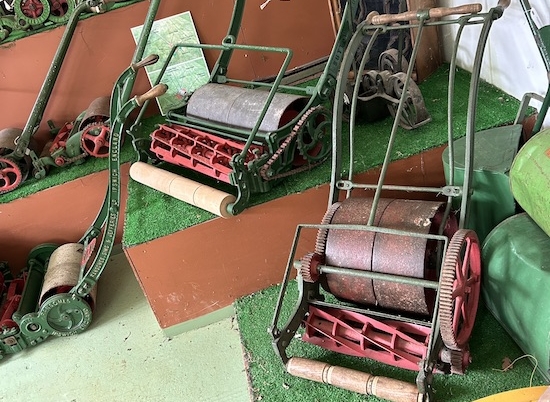A single Peregrine was spotted at stadium:mk in 2013 during the football season, and thousands of football spectators witnessed the feathered wonder in pursuit of pigeons!
In February this year, a pair of Peregrines were seen for the first time and they later set up home in an old crow’s nest in the upper reaches of the stadium:mk roofline.
“The great news is the fledgling Peregrine has flown the nest this July...this is a first for Milton Keynes and only the second known breeding site in Buckinghamshire,” said Martin Kincaid, Biodiversity Officer at The Parks Trust.
“It’s really exciting that these spectacular birds have chosen to nest in stadium:mk and have successfully raised their first chick. We look forward to working with MK Dons to ensure that they can nest safely in years to come.”
Senior Investigations Officer, RSPB, Mark Thomas said: “Peregrines are doing really well in urban areas but I think this might be the first ever pair to breed on a football ground, something for everyone to cheer!”
Later this year, a nesting platform will be installed in the stadium offering the birds an improved nesting site.
Buckinghamshire Bird Club will help to monitor the birds and ring the young each year.
Martin has compiled a fact file on the magnificent peregrine. Did you know... The Peregrine Falcon (Falco peregrinus) is the world’s fastest predatory animal. In their hunting stoops they can reach speeds of 180 mph. In the 1960s and 1970s, Peregrines were close to extinction in England. This was largely as a result of the actions of egg collectors. Peregrine eggs were highly sought after. They were also victims of DDT poisoning. Fully protected species in UK and Europe. The UK population has recovered and today there are roughly 1500 nesting pairs. Peregrines feed exclusively on other bird species, notably pigeons and song birds. Over 100 prey species have been noted. They kill their prey in flight at great speed and carry it back to their feeding ledge or nest. 3-4 eggs are usually laid but only 1-2 birds usually survive to fledge. The male is called the Tiercel and the female is called the Falcon.Photos by Mike Wallen

















